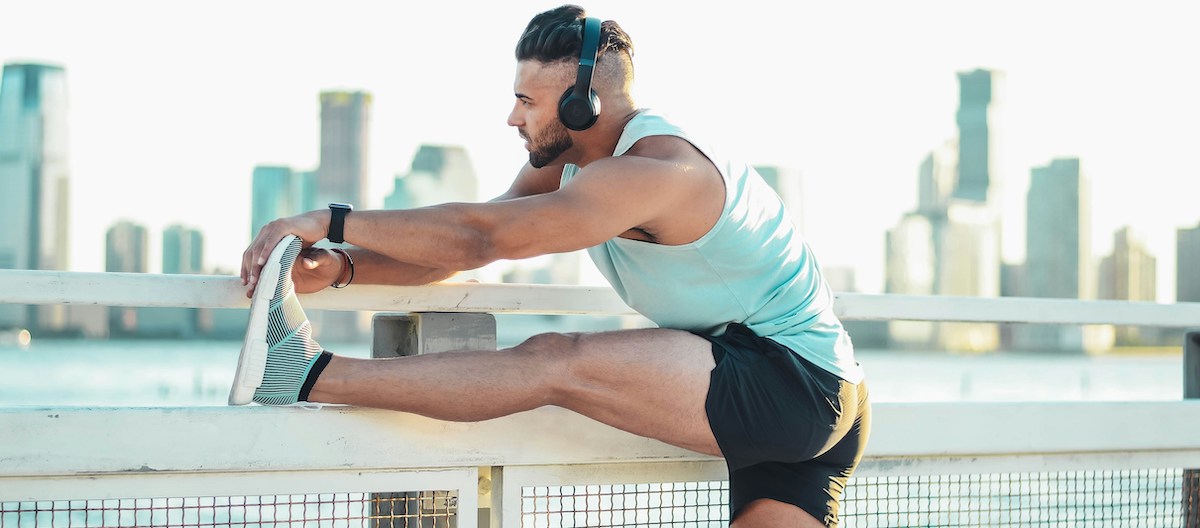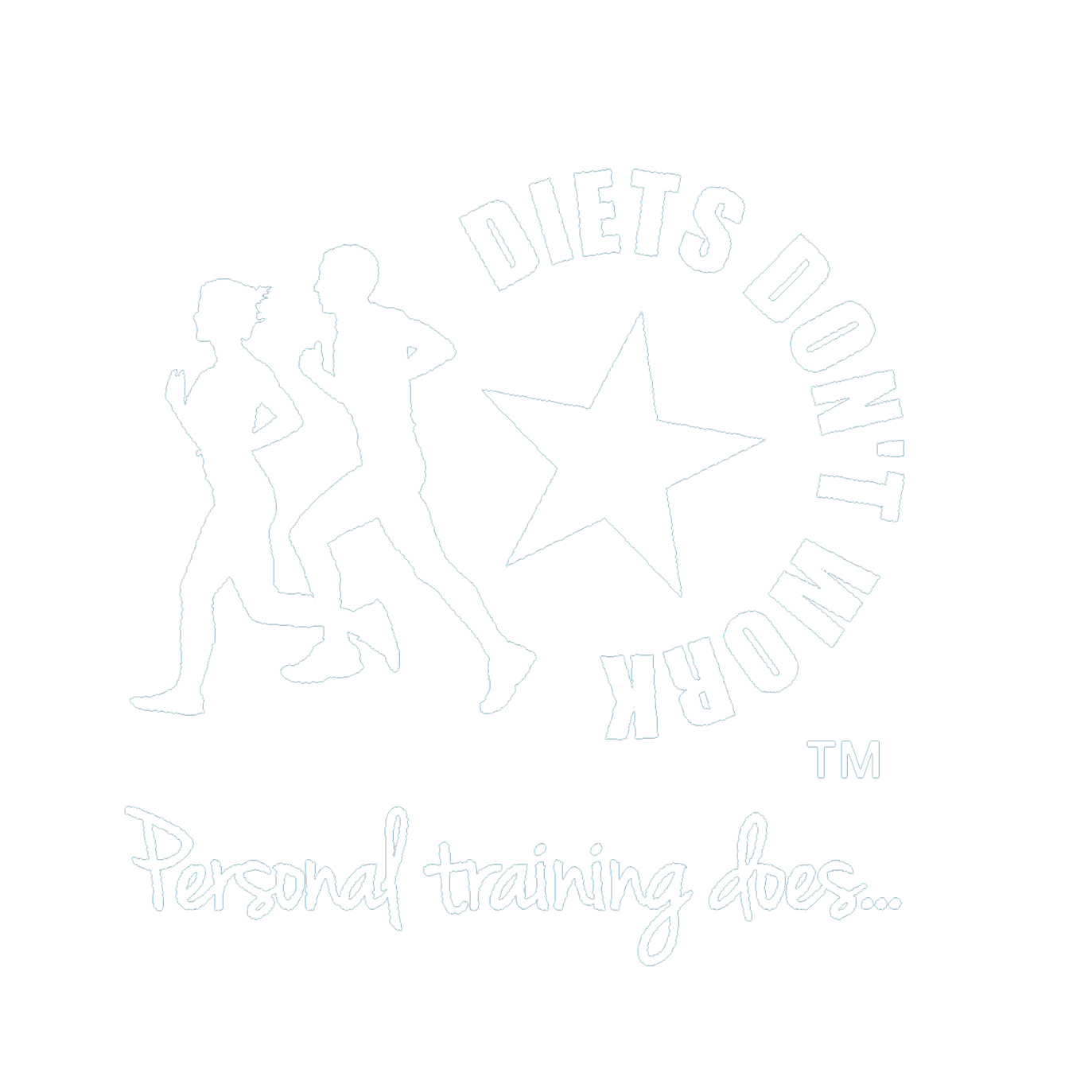
New research has shed light on the most effective ways to stretch – so what are the new guidelines for stretching? In the past, sports scientists encouraged stretching as something to be done after exercise, but not before. Several studies showed that stretching before exercise was not just counter productive but could weaken the joints, increasing the chance of injury. Articles against pre-exercise stretching can still be found on many recognised websites including that of Harvard University in the US.
Previous stretching advice
Stretching before exercise was thought to tire the muscles, possibly increasing the chances of injury. Some studies also implied that stretching the muscles before exercise might also make the joints less stable by increasing laxity, while others warned against stretching when cold or not warmed up. This last one remains true, as cold muscles are much less pliable than warm ones. But that’s not to say that you can’t do a structured warm up or a dynamic warm-up, followed by a static or dynamic stretch, then your training or event.
The new guidelines for stretching
However recent peer-reviewed research would suggest otherwise – a new study from the University of Wisconsin La Crosse (UWLC), published in the Journal of Applied Physiology, suggests that stretching before a workout can have a powerful protective effect on arteries and veins, enabling them to function better under stress. This new research reinforces Italian findings published in the Journal of Physiology in 2020 that found stretching the legs 5 times a week had an anti-aging effect on the arteries of healthy people. The Wisconsin study summarises:
“We demonstrate for the first time that popliteal artery and gastrocnemius microvascular responsiveness after acute aerobic exercise are reduced. The decline in vascular function was mitigated in those who performed intermittent passive stretching before the exercise bouts. Collectively, these findings suggest that intermittent passive stretching is a novel method to increase vascular resiliency before aerobic activity“.
In a more recent trial in the US, two groups of healthy participants performed four intense calf stretches or did not stretch at all before a 30 minute hour treadmill run. As expected, both groups showed some initial decline in blood vessel function during the exercise, but those who had stretched before the exercise were significantly less affected, their bodies were more able to retain good function in both large and small vessels. In other words, the study leader Jacob Caldwell says, “There are clear improvements in blood vessel health with stretching and this seems to be the case even in people with peripheral arterial disease who we are studying at the moment,” he says. “But benefits of stretching extend beyond blood vessels to our nervous system as well, which makes it a great addition to help patients slow disease progression.” In agreement with the Wisconsin study, it showed that these passive stretches seem to make blood vessels more resilient to the stress of physical activity.
Stretching of course remains hugely beneficial for functional movement and posture, especially as we age and our muscles adaptively tighten. It’s often the case that physical problems, like a bad back, stem from overly tight hamstrings, which connect to the pelvis, which in turn connect to back muscles, making them tight. But it doesn’t take long to reap the benefits. Tom Brownlee, a professor from the University of Birmingham’s sports science department said, “The scientific consensus is that we start to see benefits to functional movement and posture from daily stretching within 4 weeks and after 16 weeks the gains are significant.”
Different types of stretching and how to do them
Basic static stretching.
This is the classic stretching that you do yourself by taking and holding a joint at its limit of movement, so the classic straight leg out in front of you, toe up and bend over hamstring stretch.
Passive stretching
This is where you use a towel, strap or even a personal trainer to hold the muscle at or close to its limit for a period of time, usually 15-45 seconds, although it can be longer.
Dynamic stretching
This involves controlled repetitive movements that take joints and muscles through their full range of motion, such as the leg swings, arm circles and high kicks performed by athletes and footballers in a warm-up. It is worth noting that all of these have value and we should try to include a variety of stretches.
How long should I hold a stretch?
Ideally hold each stretch for 30-45 seconds, longer than the traditional 15-20 seconds that we were taught in the noughties. Some stretching classes will hold stretches for up to 3 minutes (or longer) but there is little evidence to show that longer is better.
If you’re short of time just focus on large muscles and go passive
 If you’re pressed for time just a quadriceps stretch will have a positive effect (these are the muscles at the front of the thigh). The larger the muscle group the more pronounced the benefits are, so the big quads are an ideal candidate. The hamstrings and the gluteal muscles are also large, so stretching them will still give you a big benefit. The most beneficial stretches for the arteries and veins are passive stretches using a second person or straps/towels. In the Italian study, the researchers asked their participants to hold 4-5 hamstring, quadriceps, shin and calf stretches for 45 seconds on each leg, resting for 15 seconds and repeating each stretch 5 times on 5 days a week; after 12 weeks there was improved blood vessel function in the arms and legs.
If you’re pressed for time just a quadriceps stretch will have a positive effect (these are the muscles at the front of the thigh). The larger the muscle group the more pronounced the benefits are, so the big quads are an ideal candidate. The hamstrings and the gluteal muscles are also large, so stretching them will still give you a big benefit. The most beneficial stretches for the arteries and veins are passive stretches using a second person or straps/towels. In the Italian study, the researchers asked their participants to hold 4-5 hamstring, quadriceps, shin and calf stretches for 45 seconds on each leg, resting for 15 seconds and repeating each stretch 5 times on 5 days a week; after 12 weeks there was improved blood vessel function in the arms and legs.
Should I always stretch before exercise?
While the latest evidence suggests passive stretching pre-workout is beneficial for veins and arteries, the findings are mixed when it comes to actually improving performance or preventing sports injuries. Prolonged static stretches held for more than 60 seconds have been shown to impair performance and reduce the power and output of muscles if performed right before intense exercise, but for most of us, this isn’t relevant unless we are a high-level sprinters or professionals in something like football or rugby. However, it’s worth noting that dynamic stretching before exercise might be more beneficial than static or passive stretching. A bit of both is probably the best compromise and we should always try to make the stretches mimic the movement that you will be doing in your exercise or event. So if you are going to be running, do some high knees or deep lunge stretches. If you are going to play a racket sport then the focus should be on upper-body dynamic stretching with lots of arm movements. Although a report in the journal Medicine and Science in Sports and Exercise found that neither dynamic nor static exercises had any positive effect on performance when compared with a gentle cardio warm-up or no stretching but that people did feel psychologically better prepared for a workout after stretching — which is half the battle.

Recent Comments